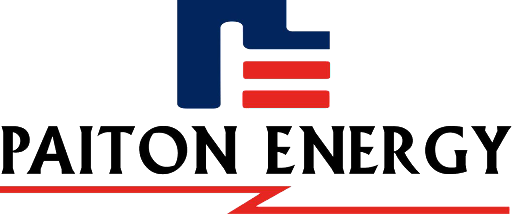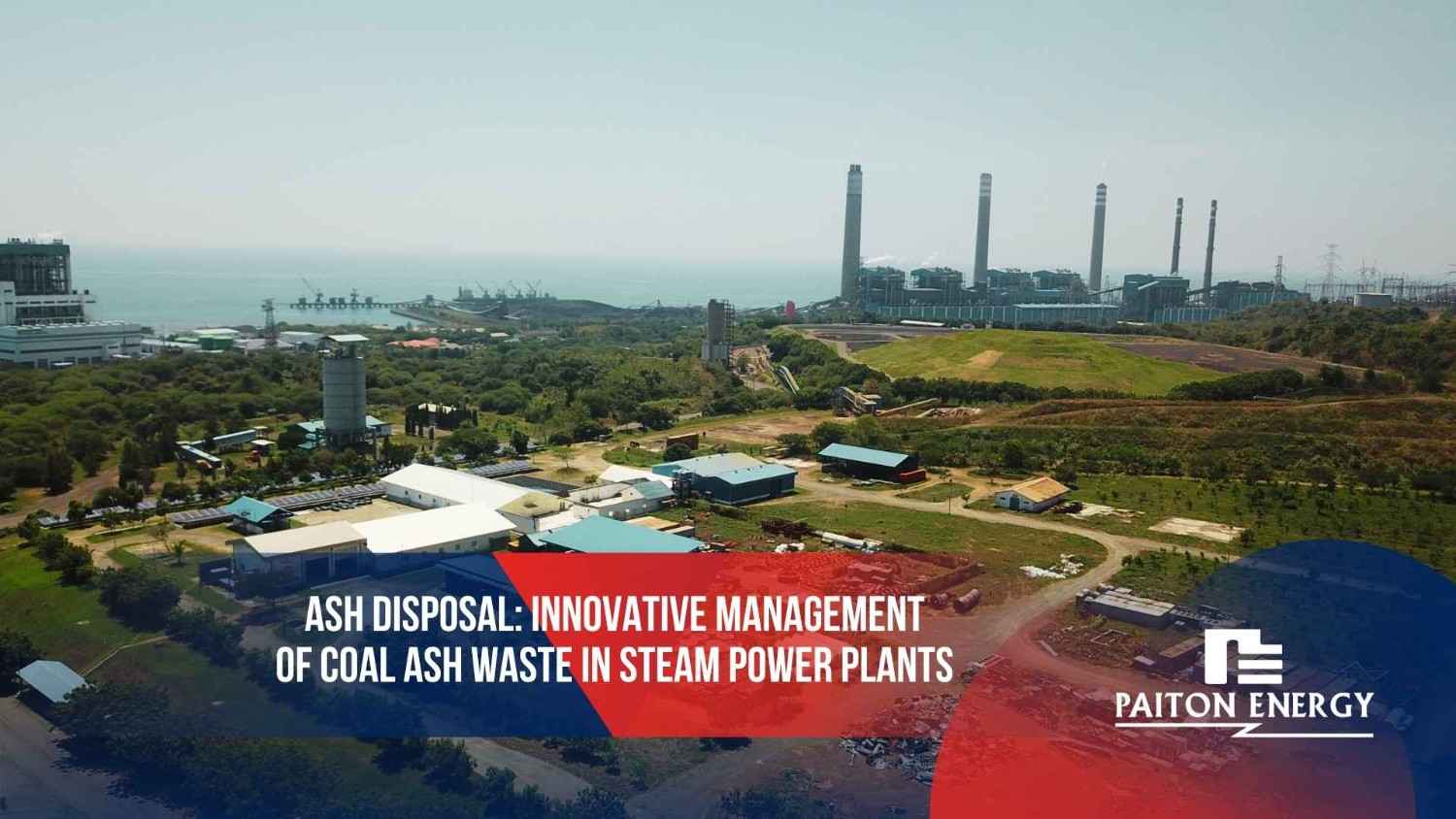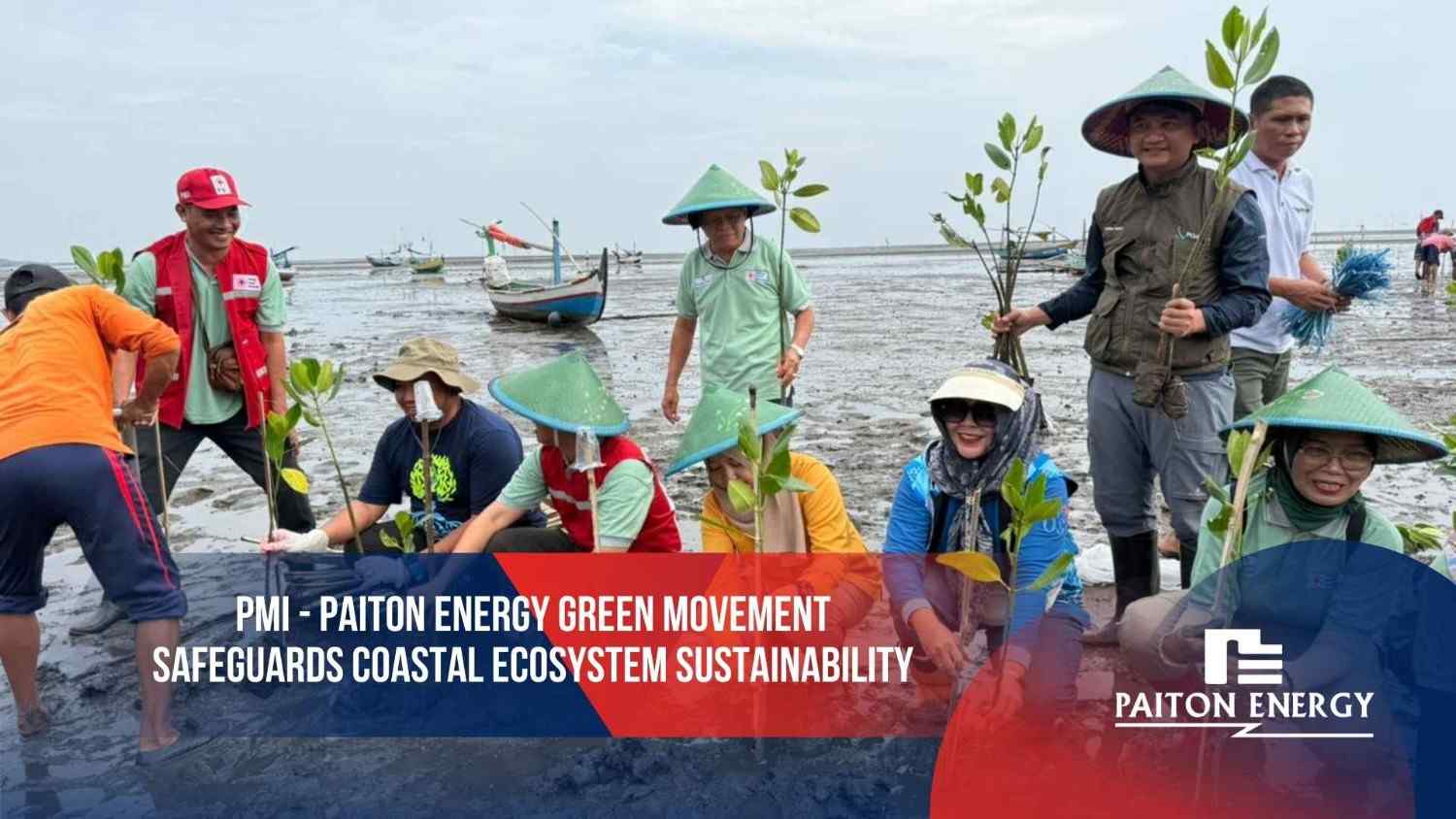The demand for electricity in Indonesia continues to grow in line with population increases and the expansion of industrial sectors. To meet this demand, coal-fired steam power plants (PLTUs) remain one of the primary sources of electricity generation.
However, coal combustion produces ash waste that must be managed properly through ash disposal systems to prevent environmental pollution. In practice, more stakeholders are prioritizing the adoption of environmentally friendly technologies in this process.
Before exploring further, it is essential to understand the meaning of environmentally friendly technology: a set of methods and innovations designed to reduce negative environmental impacts while supporting the sustainable use of resources.
Definition of Ash Disposal
Ash disposal refers to the management of ash waste generated from the combustion of solid fuels such as coal in power plants. There are two main types of coal ash waste: fly ash and bottom ash.
- Fly ash consists of fine particles carried along with flue gas emissions. These particles are typically captured using equipment such as electrostatic precipitators to prevent air pollution.
- Bottom ash consists of coarser and heavier particles that settle at the bottom of the furnace.
Although both are by-products of coal combustion, fly ash and bottom ash differ in characteristics and handling methods. Proper management not only prevents environmental damage but also opens opportunities for their use as alternative materials in the construction industry.
Characteristics and Composition of Ash
Fly ash contains very fine particles with residual minerals from combustion, such as silicates, alumina, iron oxide, and calcium. These chemical properties make fly ash suitable as an additive in concrete and cement production.
Meanwhile, bottom ash has a similar composition but is larger and heavier. Due to its density, bottom ash is commonly used as fill material or as a component in road construction.
Understanding the composition of ash is crucial as it determines the appropriate methods of management and utilization. This is where environmentally friendly technologies play a key role—enabling coal ash to be not merely discarded but processed into materials with added value.
The Importance of Ash Disposal Management
Coal ash management cannot be conducted carelessly since fly ash and bottom ash are classified as Non-Hazardous and Non-Toxic Waste (Non-B3) under Indonesian regulation PP 22/2021, Annex XIV, with codes N101–N109. Their management procedures are regulated under Ministry of Environment and Forestry Regulation No. 18/2021.
If improperly disposed of, coal ash can contaminate air, soil, and water, and even threaten human health through inhaled dust particles.
Proper ash disposal systems offer several benefits:
- Preventing environmental pollution by reducing the release of hazardous particles into the air and groundwater.
- Enhancing the economic value of ash by repurposing it into construction materials such as paving blocks, concrete, and other building components.
- Supporting sustainability principles through the application of eco-friendly technologies that emphasize efficiency and optimal resource use.
This concept illustrates the core of environmentally friendly technology: solutions that not only minimize pollution but also transform waste into new, beneficial resources.
Eco-Friendly Technologies in Ash Disposal
With growing global awareness of environmental issues, ash disposal practices are continuously evolving. The application of eco-friendly technologies in ash management includes:
- Capturing fly ash using electrostatic precipitators to prevent airborne emissions.
- Repurposing ash into sustainable construction materials, thereby reducing dependence on limited natural resources.
- Applying stabilization and solidification processes to convert potentially hazardous ash into safer, reusable materials.
Through these approaches, coal ash—once regarded as hazardous waste—can be transformed into valuable products. This reflects the essence of eco-friendly technology: innovations that combine environmental protection with the creation of new economic value.
Ash Management at Paiton Power Plant
As a practical example, the Paiton coal-fired power plant in East Java—one of the largest in Indonesia—generates approximately 23 tons of fly ash and 6 tons of bottom ash every hour. The fly ash, categorized as Type C with high calcium content, has strong potential for use in construction materials.
Although bottom ash management still poses challenges, initiatives are underway, such as its utilization in paving block production and rural road materials.
Paiton demonstrates the importance of innovation in ash management and highlights the urgent need for eco-friendly technologies in coal-based energy production.
Ash disposal is a critical effort in managing ash waste from coal combustion in power plants. With distinct characteristics between fly ash and bottom ash, management must be conducted carefully to mitigate negative impacts on the environment and human health.
Utilizing ash as a construction material represents a tangible application of environmentally friendly technologies, transforming waste into useful products. Ultimately, the answer to what constitutes eco-friendly technology lies in modern ash disposal practices: waste management innovations that are both environmentally responsible and supportive of sustainable development.
Through these measures, ash management is no longer a burden but an opportunity to create a cleaner, more efficient energy future.




